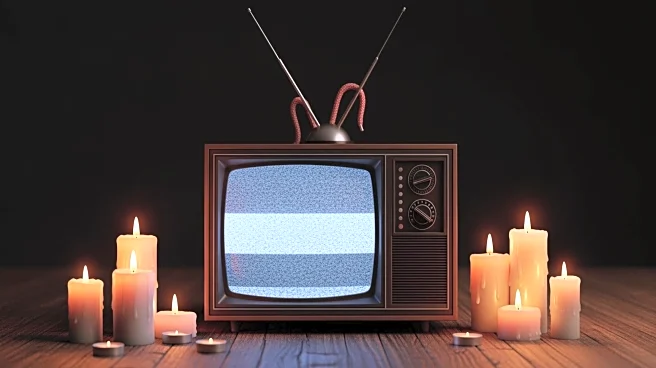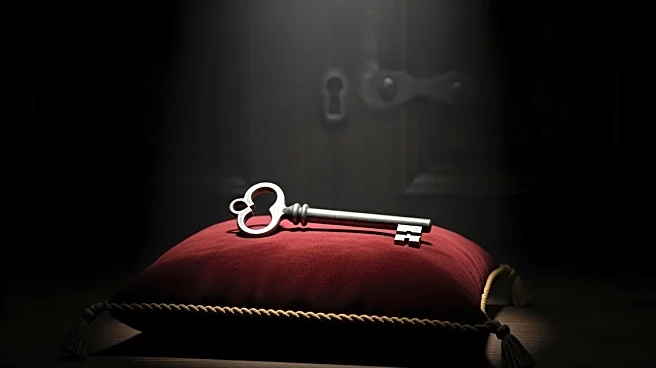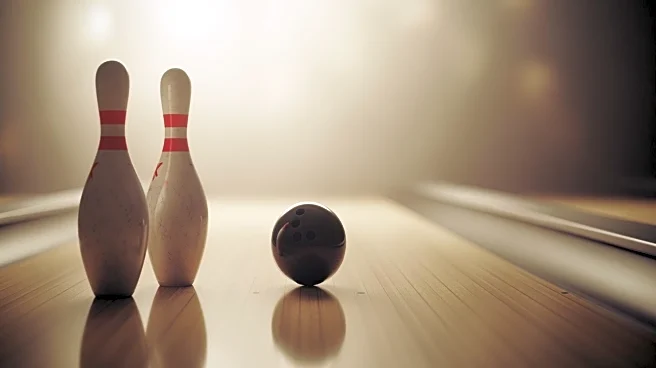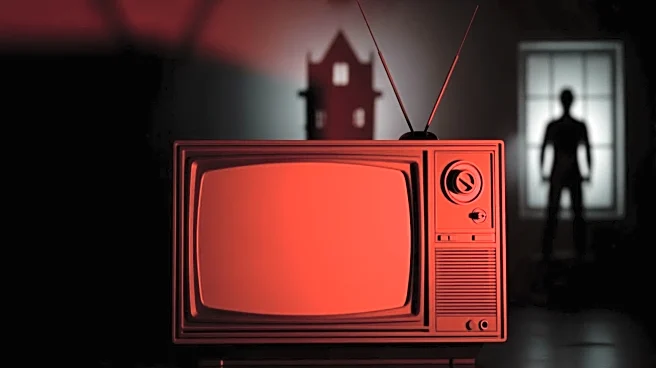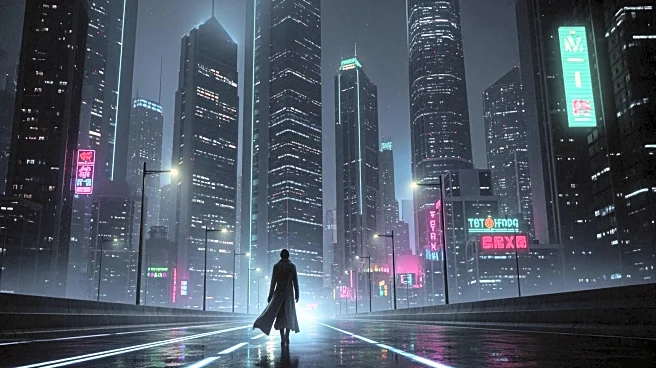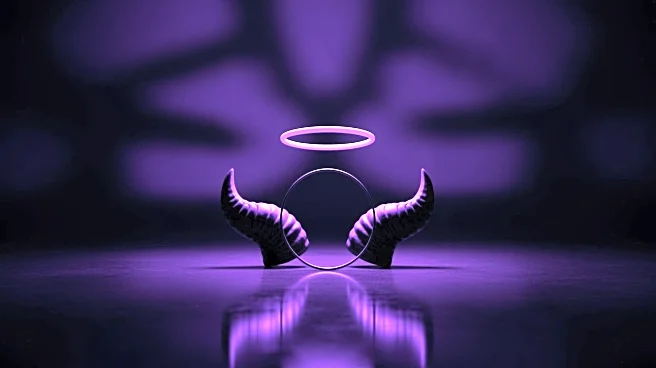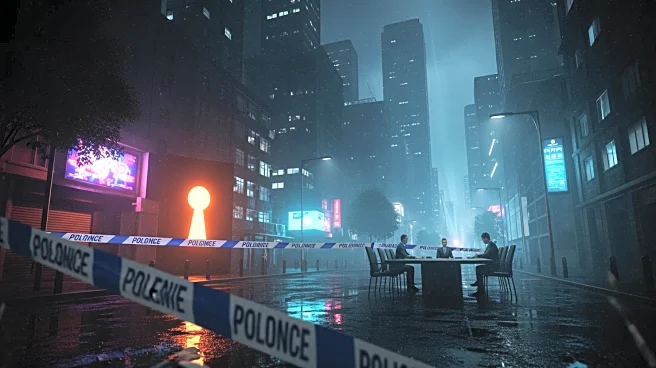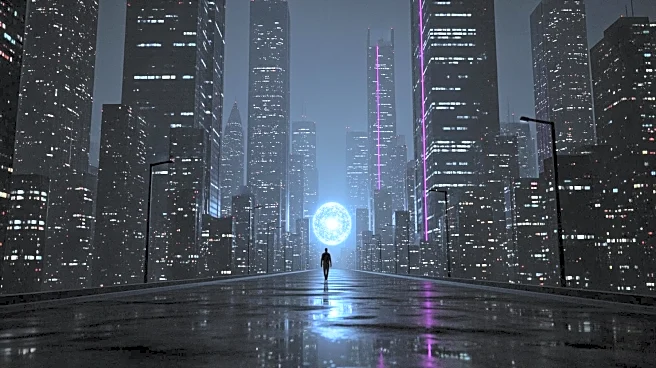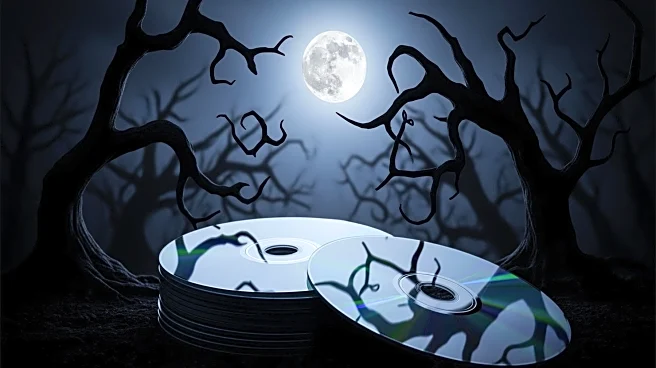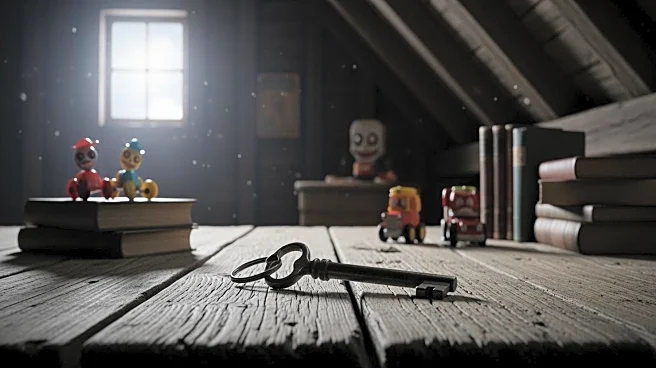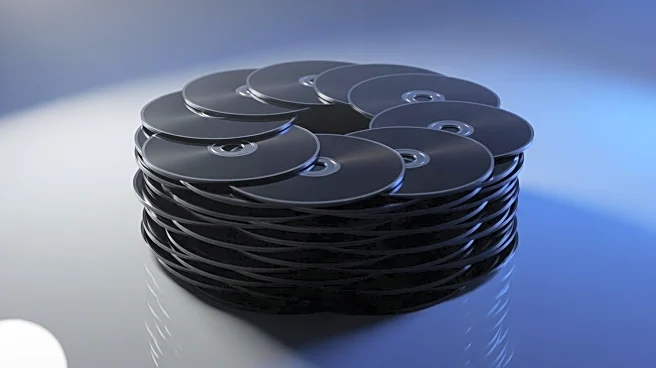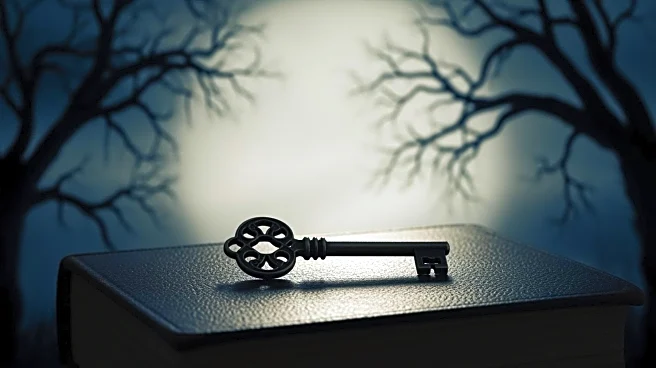What's Happening?
Tubi, a streaming service, is currently offering free access to the horror film 'The House of the Devil,' directed by Ti West. The movie is noted for its authentic retro horror experience, capturing the essence of 1980s horror films with its grainy visuals
and unsettling atmosphere. The story follows Samantha, a college student who takes a babysitting job in a secluded mansion, only to find herself in a sinister situation. The film is praised for its slow-burn tension and period-accurate aesthetic, including costumes, soundtrack, and cinematography. It channels classics like 'Halloween' and 'When a Stranger Calls,' providing a modern edge that feels timeless.
Why It's Important?
The availability of 'The House of the Devil' on Tubi highlights the platform's strategy to attract viewers by offering unique and high-quality content for free. This move could increase Tubi's user base, especially among horror enthusiasts and fans of retro cinema. The film's authentic portrayal of 1980s horror could also influence current filmmakers and audiences, encouraging a resurgence of interest in vintage horror styles. Additionally, it provides an alternative to mainstream horror films, offering viewers a chance to experience a different kind of suspense and storytelling.
What's Next?
As Tubi continues to expand its library with unique offerings like 'The House of the Devil,' it may attract more viewers seeking diverse and free streaming options. This could lead to increased competition among streaming services, prompting others to offer similar retro or niche content. The success of such films on Tubi might encourage filmmakers to explore more period-accurate horror films, potentially leading to a revival of interest in 1980s horror aesthetics.
Beyond the Headlines
The film's focus on themes of isolation, betrayal, and the unknown taps into deeper psychological fears, which could resonate with audiences on a cultural level. Its commitment to period accuracy not only enhances the viewing experience but also raises questions about the role of nostalgia in modern media consumption. This could spark discussions on the impact of retro aesthetics in contemporary filmmaking and the cultural significance of revisiting past eras through cinema.
